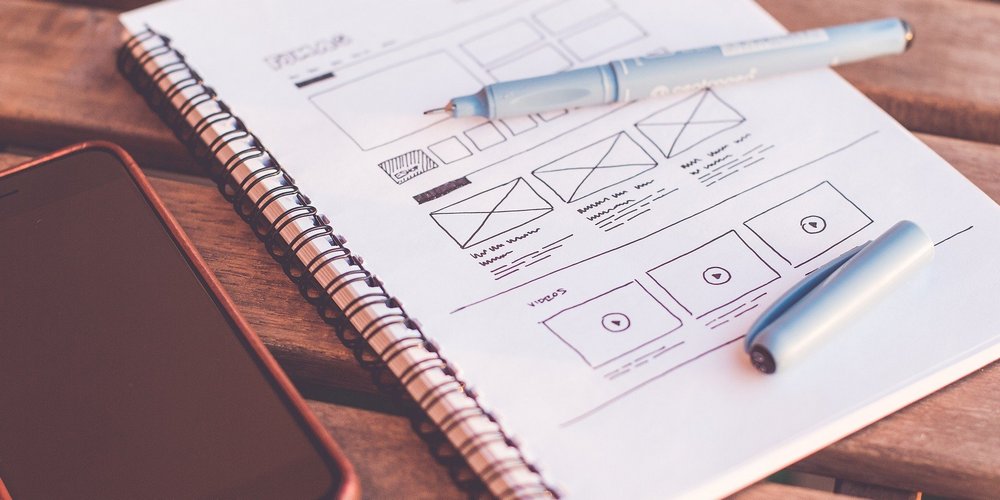Today let’s talk about the foundation of your websites. The part that is not immediately apparent to the visitor. But in fact, is an important part of any page. This is the footer site.
The footer site, this is a slang term among Russian-speaking webmasters and developers. Like many others, it was borrowed from the English language. The word “footer” – translated as “foot, the bottom footnote, or basement. That is – it is the lowest part of the site.
If the header and the first screen, are the most important elements of the site, it does not mean that the basement is useless. Footer can be very functional and bring no less value than other sections.
What is usually written at the bottom of the site
The footer of the site may consist of a single block or several. They may be slightly different in color and have different content.
At the very bottom of the feed is usually located:
- logo, copyright and the name of the site
- Counters traditionally placed at the bottom of the site or make them invisible
- Name of developer or studio
This is the least interesting information for the average visitor. And it tries to put away from the reader’s eyes, because it does not carry any substantial benefit. In my case, there are duplicated buttons sots.net.
Second level basement
The next part of the basement a little more functional … It can be a technical links.
By such, I relate links to:
- affiliate program
- sitemap
- privacy policy
- agreement on processing of personal data
There may also be duplicate links to pages from the main menu, such as “Contact Us”.
Third level basement
The next level of the basement is even more informative and useful to the visitor. On it we will dwell in more detail. You can arrange there anything you like.
I will list all the various modules that can be placed there. And specify which of them are more suitable for different types of sites.
Navigation
Full-fledged navigation with a breakdown by headings. This kind of footer you can often see on the sites of online stores or large information portals.
An example of the basement of the site
If the site is small, and the main menu has only a few items, then it makes sense to sub it and the bottom. Firstly, it is an additional linking to the site, and secondly, a useful navigation convenience for users.
Map
Address and a full-fledged map is suitable for sites of small and medium-sized businesses. If you’re hard to find, place the map not only on a separate page, but also in the basement.
Contact form or sign up form
If you’re running a newsletter, a subscription form can be added to the footer.
And even if you have a full-fledged Contact Us page on your site, an additional form to send a message is often relegated to the basement so it’s accessible from any page on the site.
Company contacts
In the basement, you can place not only contacts, but also paint a full schedule of each branch.
Add-ons for mobile devices
These add-ons include a QR code or links to the AppStore and Google Play to install the official website app.
Social Media Buttons
Social buttons try to be placed in prominent places. They can be located almost anywhere and even be floating. But as practice shows, duplicating them in the basement is not superfluous.
Up arrow ↑
Previously you could see such an arrow in the basement of many sites. But now it’s not really relevant in terms of usability. According to the old logic, only those who made it to the end of the page will be able to comfortably move up.
We all know how long the pages of sites can be now … Or take sites with infinite scrolling (an example vkontakte feed). So, a person should be able to go back to the beginning from any point and at any time.
Therefore, arrows now do not place in the basement, but make them float around the page.
The pluses of the footer are that all the information located there will be through. That is, it will be displayed on all pages of your site.
So, just ask yourself… What do you think visitors should see when they reach the bottom of any of the pages on your site.





